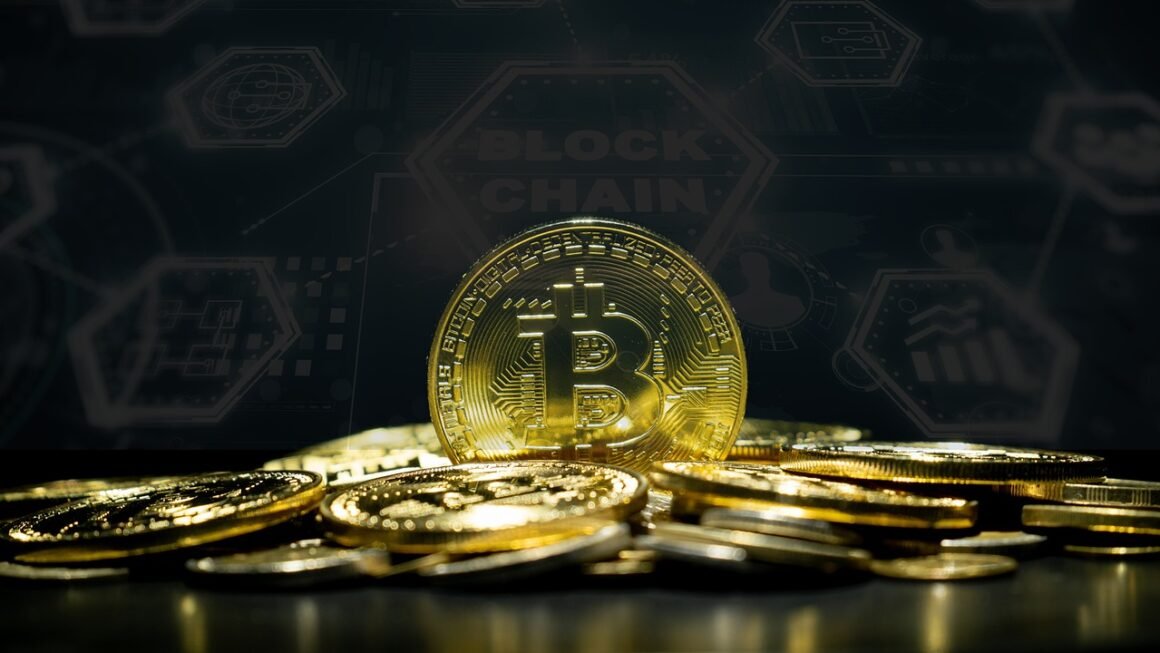Decentralized Finance (DeFi) is revolutionizing the financial landscape, promising a more open, transparent, and accessible system for everyone. Shifting away from traditional intermediaries, DeFi leverages blockchain technology to offer a range of financial services, from lending and borrowing to trading and insurance, all without the need for banks or other centralized authorities. This blog post delves into the core concepts of DeFi, exploring its benefits, risks, and the innovative applications that are reshaping the future of finance.
What is Decentralized Finance (DeFi)?
Defining DeFi
Decentralized Finance (DeFi) refers to financial services built on blockchain technology, primarily using Ethereum. Unlike traditional finance (TradFi), which relies on central authorities like banks, DeFi utilizes smart contracts – self-executing agreements written in code – to automate and enforce financial transactions. This means that DeFi applications (dApps) can operate without intermediaries, reducing costs and increasing efficiency.
- Key Characteristics:
Decentralization: No single entity controls the system.
Transparency: Transactions are recorded on a public blockchain.
Immutability: Once a transaction is recorded, it cannot be altered.
Permissionless: Anyone can access and participate in DeFi protocols.
* Composability: DeFi applications can be built upon each other, creating complex and interconnected systems.
How DeFi Works
At its core, DeFi operates through smart contracts. These contracts define the rules and logic for financial products and services. For example, a lending protocol might use a smart contract to match lenders and borrowers, automatically set interest rates based on supply and demand, and ensure collateralization.
- Practical Example: Imagine a DeFi lending platform. You deposit your crypto assets (e.g., ETH or DAI) into a lending pool managed by a smart contract. Others can borrow these assets by providing collateral. The smart contract automatically handles interest payments, collateral management, and liquidation of positions if the borrower fails to meet their obligations.
The Building Blocks of DeFi
DeFi relies on several key technologies and concepts:
- Blockchain Technology: Provides the foundation for secure and transparent transactions.
- Smart Contracts: Automate financial agreements and enforce rules without intermediaries.
- Cryptocurrencies: Serve as collateral, interest-bearing assets, and governance tokens within DeFi protocols.
- Decentralized Exchanges (DEXs): Allow users to trade cryptocurrencies directly with each other, without a central order book.
- Stablecoins: Cryptocurrencies pegged to a stable asset like the US dollar, used to mitigate price volatility.
Benefits of DeFi
Increased Access and Inclusion
DeFi has the potential to democratize financial services by providing access to individuals who are excluded from traditional financial systems. Millions of people around the world lack access to basic banking services. DeFi can offer these individuals access to lending, borrowing, saving, and investment opportunities.
- Example: Individuals in developing countries without access to banks can use DeFi platforms to borrow money, earn interest on their savings, and participate in global financial markets.
Greater Efficiency and Transparency
By eliminating intermediaries and automating processes, DeFi can significantly reduce costs and increase the speed of financial transactions. Smart contracts ensure that transactions are executed according to pre-defined rules, reducing the risk of fraud and errors.
- Transparency: All transactions are recorded on a public blockchain, making it easy to track the flow of funds and verify the integrity of the system.
- Efficiency: Transactions can be processed much faster than traditional methods, often in seconds or minutes.
Innovative Financial Products and Services
DeFi enables the creation of new and innovative financial products and services that are not possible in the traditional financial system. These include:
- Yield Farming: Earning rewards by providing liquidity to DeFi protocols.
- Decentralized Insurance: Protecting against risks such as smart contract failures or impermanent loss.
- Flash Loans: Uncollateralized loans that can be used for arbitrage opportunities.
Key DeFi Applications
Decentralized Exchanges (DEXs)
DEXs are platforms that allow users to trade cryptocurrencies directly with each other, without relying on a central order book. They use automated market makers (AMMs) to provide liquidity and facilitate trading.
- Examples: Uniswap, SushiSwap, PancakeSwap.
- Benefits: Greater transparency, reduced risk of censorship, and access to a wider range of tokens.
Lending and Borrowing Platforms
These platforms allow users to lend and borrow cryptocurrencies, earning interest on their deposits or borrowing assets for various purposes.
- Examples: Aave, Compound.
- How it Works: Users deposit assets into lending pools, and borrowers can take out loans by providing collateral. Interest rates are determined by supply and demand.
Stablecoins
Stablecoins are cryptocurrencies pegged to a stable asset, such as the US dollar, to mitigate price volatility. They are used as a medium of exchange and as collateral in DeFi protocols.
- Examples: USDT (Tether), USDC (USD Coin), DAI (Decentralized USD).
- Importance: Provide stability and reduce the risk of price fluctuations in DeFi transactions.
Yield Aggregators
Yield aggregators automate the process of finding and optimizing yields across various DeFi protocols. They automatically move funds between different platforms to maximize returns.
- Examples: Yearn Finance, Beefy Finance.
- Benefits: Save time and effort, and potentially earn higher returns.
Risks and Challenges of DeFi
Smart Contract Risks
Smart contracts are code, and like any software, they can contain bugs or vulnerabilities that can be exploited by hackers.
- Example: The DAO hack in 2016, where millions of dollars were stolen due to a vulnerability in the smart contract code.
- Mitigation: Rigorous auditing and formal verification of smart contracts are essential.
Impermanent Loss
Impermanent loss is a risk faced by liquidity providers in AMM-based DEXs. It occurs when the price of the deposited assets changes relative to each other, resulting in a loss compared to simply holding the assets.
- Mitigation: Choose stablecoin pairs or assets with low volatility, and understand the risks before providing liquidity.
Regulatory Uncertainty
The regulatory landscape for DeFi is still evolving, and there is uncertainty about how regulators will treat DeFi protocols in the future.
- Impact: Potential for new regulations that could impact the operation of DeFi platforms.
Scalability Issues
Blockchain networks like Ethereum can face scalability challenges, which can lead to high transaction fees and slow processing times.
- Solutions: Layer-2 scaling solutions, such as optimistic rollups and zk-rollups, are being developed to address these issues.
Conclusion
DeFi represents a paradigm shift in the world of finance, offering the potential for greater access, efficiency, and innovation. While there are risks and challenges to consider, the benefits of DeFi are undeniable. As the technology matures and the regulatory landscape becomes clearer, DeFi is poised to transform the financial industry and empower individuals around the world. By understanding the core concepts, applications, and risks of DeFi, you can position yourself to take advantage of this exciting new frontier. Remember to always do your own research and understand the risks involved before participating in DeFi protocols.



